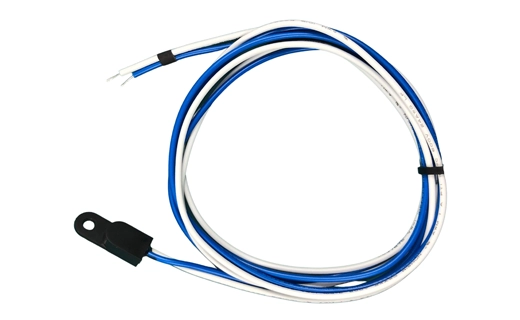Important: Only perform these steps if you are comfortable with basic electronics and comfortable working around appliances. If you have any doubt, contact a professional technician.
1) Prepare and power down
Unplug the appliance from the wall receptacle and, if possible, switch off the dedicated circuit breaker. This ensures you won’t encounter live voltages while inspecting sensor wiring or connectors.
2) Locate the temperature sensor
Temperature sensors are typically located inside the refrigerator and/or freezer compartments, mounted on the rear wall or near the evaporator. In some Sub-Zero units, multiple sensors monitor different zones. Refer to your model’s service manual for exact locations.
3) Visual inspection
Check for obvious damage: frayed wires, cracked insulation, corroded connectors, or loose harness connections. Damaged wiring can cause incorrect readings or intermittent operation. If you see obvious damage, do not continue with resistance testing; replace or repair as needed.
4) Basic temperature validation (without disassembly)
Place a calibrated digital thermometer in the same compartment and compare its reading with the front display or the sensor’s reported reading (if accessible). Record both values. If there is a significant discrepancy (for example, a 5–7°C difference), the sensor may be drifting or the control electronics may be misreading the sensor signal.
5) Resistance testing with a multimeter (advanced)
Only attempt this if you have a multimeter and know how to use it safely. Disconnect the sensor harness from the control board, keeping the sensor leads intact. Set the multimeter to the resistance (ohms) range. Connect the probes to the sensor leads and record the reading at a known reference temperature (normally 25°C for many thermistors). Compare this value to the per-model specification (often around 10k ohms at 25°C for many Sub-Zero sensors). If the resistance is out of spec or fluctuates wildly with temperature, the sensor likely needs replacement.
6) Reconnect and test operation
If readings are within spec, reconnect the harness securely. Restore power and monitor the appliance for a full cooling cycle, checking if the temperatures stabilize as expected. If you notice continued drift or abnormal cycling, it’s time to involve a professional.
